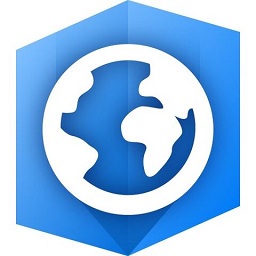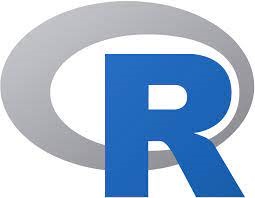Introduction to ArcGIS Pro:

ArcGIS Pro is a cutting-edge Geographic Information System (GIS) program created by Esri, a major participant in the geospatial technology industry. Experts will transform spatial data creation, management, analysis, and visualization with this powerful platform. With its additional interface, ArcGIS Pro delivers many solid tools and capabilities that cater to numerous applications across numerous industries.
Furthermore, ArcGIS Pro also provides strong data management and integration features. Shapefiles, geodatabases, cloud-based applications, and real-time data streams are just a few of the sources of information that users may readily access and edit. Users may maintain data consistency and integrity using the platform’s data management capabilities, guaranteeing GIS project stability.
For routine geospatial analysis tasks, the new user interface in ArcGIS Pro offers a cutting-edge experience and is powered by the Ribbon interface that Office users are accustomed to. Using simple/familiar GIS tools, maps can be interactively shown and studied.
The finest free and open-source alternative to ArcGIS Pro is QGIS. Other applications like ArcGIS Pro are Mapline, OpenLayers, PostGIS, and R (Programming Language), which are excellent options.
Top Best Free Alternatives of ArcGIS Pro:
Checkout some top-notch Alternatives of ArcGIS Pro
1. QGIS

QGIS (Quantum Geographic Information System) is an open-source, cross-platform Geographic Information System (GIS) program that has become well-known for its adaptability, extensive features, and accessibility. A global group of volunteers creates and maintains QGIS, making it freely accessible to users anywhere.
♥ Key Features:
- Open-Source and Cross-Platform
- User-Friendly Interface
- Data Compatibility
- Mapping and Visualization
- Spatial Analysis
- Editing and Digitizing
- Geoprocessing
- Plugins and Extensions
- Interoperability
- Community and Support
2. Mapline

Mapline is a web-based platform for data visualization and mapping created to give enterprises and organizations strong capabilities for location-based decision-making, geographic analysis, and territory administration. Users may make personalized maps, view their data, and gain insightful knowledge thanks to its various capabilities.
♥ Key Features:
- Integrate data from more than 50 sources, including ESRI and GeoJSON.
- Tools for interactive styling of raster and vector data layers
- Tools for proximity analysis, geocoding, and geofencing built-in
- Export dynamic and static web maps of the highest quality.
- Programmatically integrating REST API onto other applications
- Hosted on a private network or by several cloud providers
- Access with a browser on any internet-connected device
- Affordable price without prohibitive license fees
- Free low-usage plan and generous free trial are also offered.
Suggested For You: Free Alternatives of Rojadirecta
3. OpenLayers

OpenLayers is an effective framework for creating dynamic and interactive online maps and geographic web apps provided by the open-source JavaScript package. OpenLayers, created by a community of contributors, is frequently used to build map-based interfaces, geospatial data visualizations, and location-based services.
♥ Key Features:
- Supports more than 20 map sources, including ArcGIS Online, Bing Maps, and Google Maps
- Support for popup information, markers, and vector features
- Powerful map and layer formatting and style
- Integrating web services and APIs for mapping
- Advanced features, including projectors, controls, and overlays
- Mobile-friendly and compatible with tablets and smartphones
- Free, open-source, and portable
- Sans server-side components, embeddable maps
- Plugin-based extensible for specialized functionalities
4. PostGIS

PostGIS is an open-source extension for the PostgreSQL database management system that adds geospatial capabilities, allowing users to store, query, analyze, and manipulate geographic and geometric data. Due to its powerful features and compatibility with open standards, PostGIS has grown in prominence in the area of Geographic Information Systems (GIS) and spatial databases..
♥ Key Features:
- Support for POINT, LINESTRING, and POLYGON, among other common spatial kinds
- (GiST, SP-GiST) Spatial indexing for quick queries
- More than 200 built-in spatial analysis functions
- Supports widely used text (WKT) and geographic information
- Including QGIS, GeoServer, and other GIS tools in the integration
- Shortest-path and other network analysis routers
- Geometric verification of input and output
5. R (Programming Language)

R is a flexible and popular programming language and environment for statistical computation and data analysis. It is a valuable tool for data scientists, statisticians, researchers, and analysts across many disciplines because of its solid statistical capabilities, broad package ecosystem, open-source nature, and active community support.
♥ Key Features:
- Powerful graphical and statistical methods.
- Machine learning capabilities for advanced data analytics.
- A massive ecosystem of add-on products for particular domains.
- Support for data modification and visualization is pre–built.
- It runs on Windows, Linux, and MacOS and is easily extensible when using new R packages or scripts.
- Renowned R IDEs, including RStudio, R IDE, and ESS.
